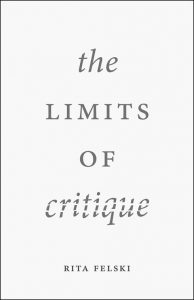I recently read the last few issues of Trends in Cognitive Sciences to see what could be of interest for the blog. (That’s one of the things I do here, in case you hadn’t realised.) It struck me that several articles made reference to something that might not be well-known to all my dear readers: Bayesian Probability. I thought it would be good to pin it down so I can refer back to it, and it’s an interesting part of what some theorists of the mind are doing at the moment.
Thomas Bayes (c. 1701-1761) was a mathematician, philosopher, and minister, who developed a way of understanding probability in terms of knowledge and/or belief. So the important thing in probability is not a mathematical statement of frequency, but rather an assessment of likelihood which starts from pre-existing factors and then changes according to new information. The maths bit – there’s always a maths bit – comes in defining the changes to assessments of probability that result from new, partially or wholly unexpected information.
*
It’s not completely clear to me (perhaps not to others either) whether we should stress the belief element here, and deal with the individual as the site of probability judgments, or whether we should see this as a kind of logical operation. Maybe that’s not a good distinction when it comes to the psychological implications of Bayesian thinking: in the mind, logical and subjective are interlocked.
What Bayes offers to cognitive science is twofold: (i) a model of how the mind responds to its environment, wherein by necessity it has a prediction of what might happen, and then has to modify that prediction as new factors become apparent; and (ii) some maths to give this fluid, organic idea of thought a bit more specificity.
*
Some important related concepts:
* Predictive Coding / Predictive Processing: you can read more about this in a description of a brilliant-sounding workshop in Amsterdam here. The idea is that we have evolved to predict the world around us, and to modify those predictions constantly, and as efficiently as possible.
* Free Energy: this relates to the former idea, I’d say, but focuses on how to conceive of the discrepancies between expectation and actuality caused by bad prediction. The general idea is that the mind’s strategy is to minimise this ‘free energy’, by processes of inference and updating. One key proponent, Karl Friston, has suggested that this avoidance of (let’s call it) surprise is verging on ‘’.
*
This way of thinking about cognition seems full of potential for literary studies. In a novel, for example, the dynamics of expectation and surprise are carefully managed; sometimes the probabilistic environment is altered in ways that seem lifelike, sometimes not. Sometimes the narrative voice may appear to experience the processes differently from the reader. I won’t go on to generalise more, because I hope that more specific thoughts along these lines will follow in later posts. Instead, I will refer you to a couple of excellent essays by my friend Karin Kukkonen, who was, I think, the first person I ever heard using the word ‘Bayesian’. The first one I ever listened to, anyway.
* Karin Kukkonen, ‘Bayesian Narrative: Probability, Plot and the Shape of the Fictional World’, Anglia: Zeitschrift für Englische Philologie, 123 (2014), 720- 739.
* Karin Kukkonen, ‘Presence and Prediction: The Embodied Reader’s Cascades of Cognition’, Style, 48 (2014), 367-384.
